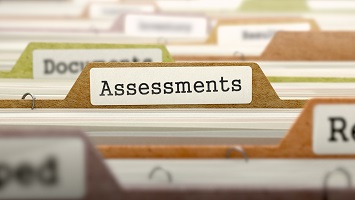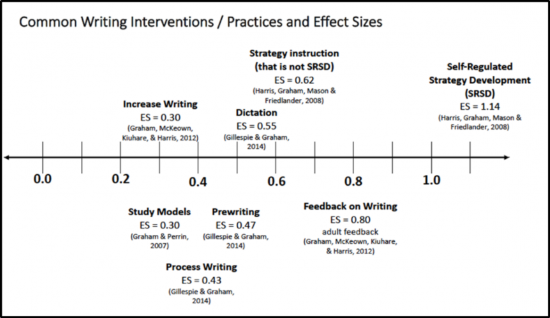 An accommodation is a change in the way content is taught that makes it more accessible to a student. Accommodations do not alter the content of assignments, give students an unfair advantage or, in the case of assessments, change what the test measures. Accommodations do make it possible for students with disabilities to show what they know without being impeded by their disability.
An accommodation is a change in the way content is taught that makes it more accessible to a student. Accommodations do not alter the content of assignments, give students an unfair advantage or, in the case of assessments, change what the test measures. Accommodations do make it possible for students with disabilities to show what they know without being impeded by their disability.
Here are some examples of possible accommodations (not an exhaustive list!) for a Committee on Special Education to consider, broken into six categories from The National Center for Learning Disabilities (NCLD).
| Presentation: Provide on audio tape Provide in large print | Setting: Provide preferential seating Provide a space with minimal distractions |
| Response: Allow for verbal responses Permit responses to be given via computer | Test Scheduling: Allow subtests to be taken in a different order Administer a test at a specific time of day |
| Timing: Allow frequent breaks Extend allotted time for a test | Other: Provide special test preparation Provide on-task/focusing prompts |
So here are your Accommodation DOs and DON’Ts:
DO…
- Make decisions about accommodations based on a student’s individualized needs in each academic content area
- Select accommodations that mitigate the effect of the disability on accessing instruction and demonstrating learning
- Document instructional and assessment accommodations on the IEP and routinely provide opportunities to use those accommodations in classroom instruction
- Be specific about the “Where, When, Who, and How” of providing accommodations
- Evaluate accommodations used by the student and include the student in that evaluation
- Get input about accommodations from teachers, parents, and students and use that information when making decision at IEP team meetings
DON’T…
- Make accommodations decisions based on whatever is easiest to do
- Select accommodations unrelated to documented student learning needs or that are intended to give students an unfair advantage
- Use accommodations that have not been documented on the IEP
- Indicate accommodations will be provided “as appropriate” or “as necessary”
- Assume the same accommodations are appropriate year after year
- Assume certain accommodations like as extra time are appropriate for every student in every content area
- Check every accommodation possible on a checklist simply to be “safe.”
- Make decisions about instructional accommodations without input from the student, the parents, and the teacher(s)


 Data-Driven Decision-Making
Data-Driven Decision-Making  Increasing Post-School Success through Interagency Collaboration
Increasing Post-School Success through Interagency Collaboration  How Can We Improve Deeper Learning for Students with Disabilities?
How Can We Improve Deeper Learning for Students with Disabilities?  Positive Classroom Management: Creating an Environment for Learning
Positive Classroom Management: Creating an Environment for Learning  Self-Determination Skills Empower Students of All Ages
Self-Determination Skills Empower Students of All Ages  Fidelity of Implementation: What is it and Why does it Matter?
Fidelity of Implementation: What is it and Why does it Matter?  Rethinking Classroom Assessment
Rethinking Classroom Assessment  A Three-Step Approach to Identifying Developmentally Appropriate Practices
A Three-Step Approach to Identifying Developmentally Appropriate Practices  Transforming Evidence-Based Practices into Usable Innovations: A Case Study with SRSD
Transforming Evidence-Based Practices into Usable Innovations: A Case Study with SRSD